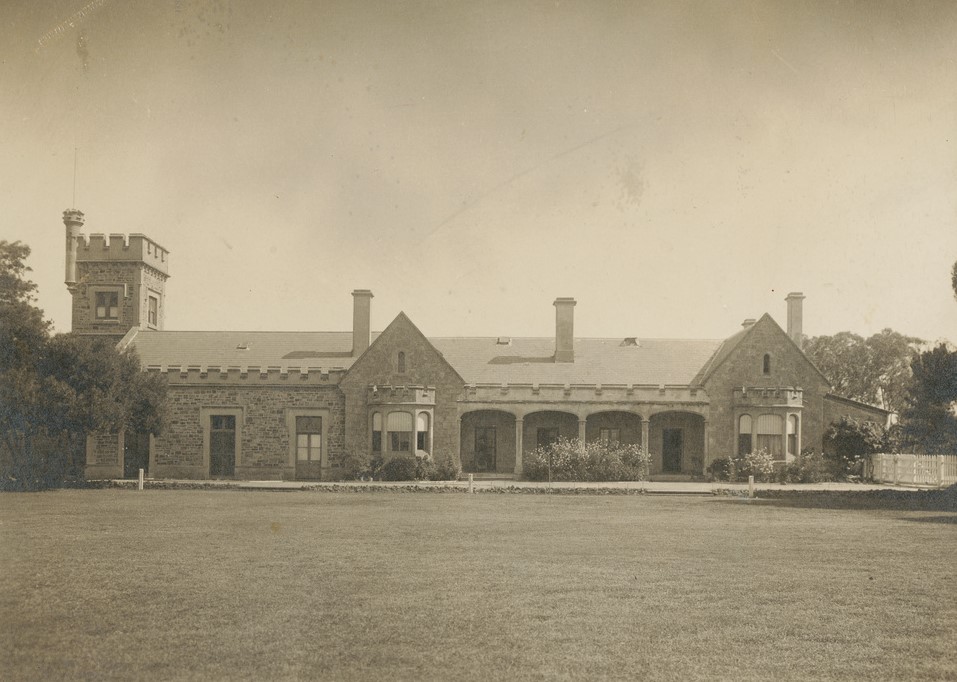Glanville, South Australia
Glanville /ˈɡlænvɪl/ is a suburb in Adelaide, South Australia. Historically tied to Port Adelaide, it played a significant role in the region's maritime and industrial history. The Glanville railway station was an important transport hub. Today, the suburb is
| Glanville Adelaide, South Australia | ||||||||
 | ||||||||
| Glanville Hall | ||||||||
| Location | Glanville, South Australia | |||||||
| Country | Australia | |||||||
| Established | 1856 | |||||||
| built | 1856 | |||||||
| style | Gothic Revival | |||||||
| Current use | Event venue | |||||||
| Owner | Private | |||||||
Suburbs around Glanville:
| ||||||||
largely residential, with development efforts focused on preserving its historical significance while modernizing the area. Glanville’s proximity to the Port River and Semaphore beach adds to its appeal as both a heritage and recreational site.[1]
History
Glanville refers to a suburb that owes its name to John Hart, a notable figure in early South Australian history. Hart was born in Devonshire, England, in 1809, and by 1835 he had established a whaling station at Encounter Bay, South Australia. After a successful career in whaling, trade, and maritime industries, he retired from the sea in 1845. In 1856, Hart built a mansion on land he owned on Lefevre Peninsula, naming it "Glanville Hall" after his mother, Mary Glanville. Glanville Hall was a large stone mansion with 14 spacious rooms, constructed with stone transported by flat-bottomed barges from Yorke Peninsula to Ethelton and then carted to the site. The mansion included a coach house, a gatekeeper’s lodge, and later, a billiard room and tower added in 1865. The first subdivision of land in the area occurred in 1859, when sections 908-9 were sold off by Alfred Watts and Philip Levi. Hart later developed Section 910 in 1865, laying out the area known as Glanville.[2]
